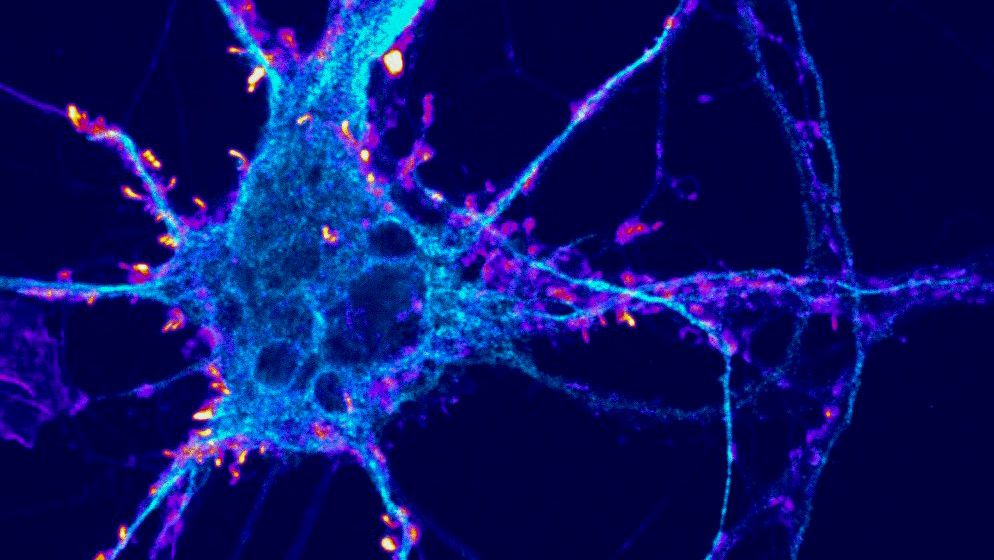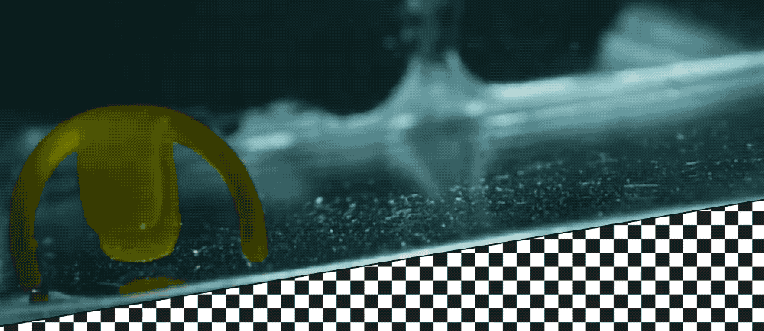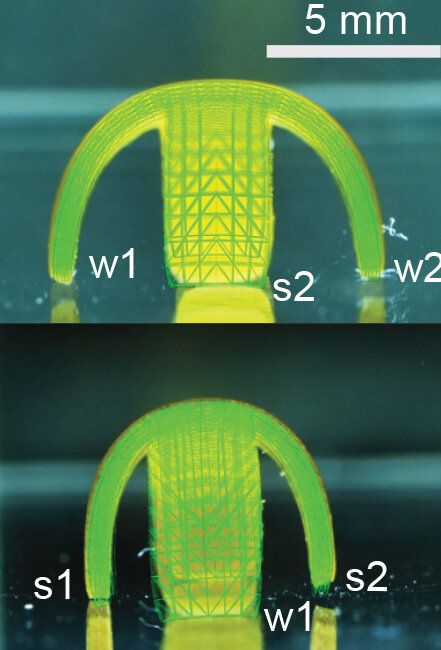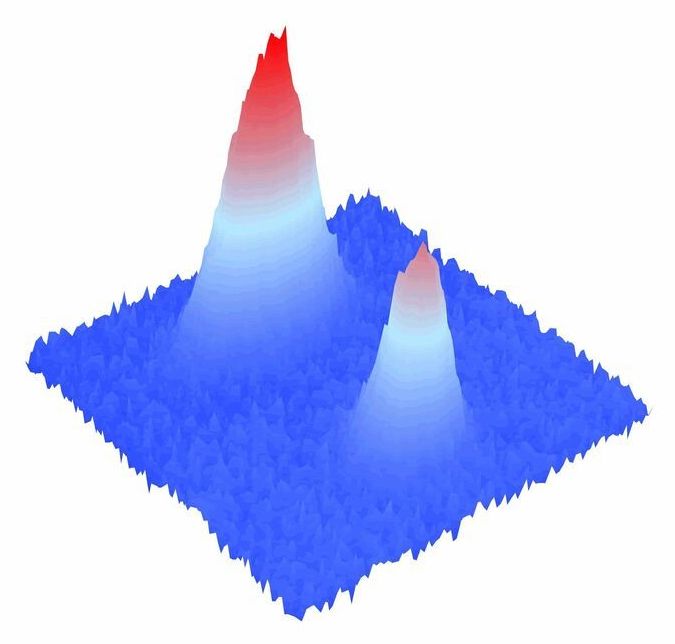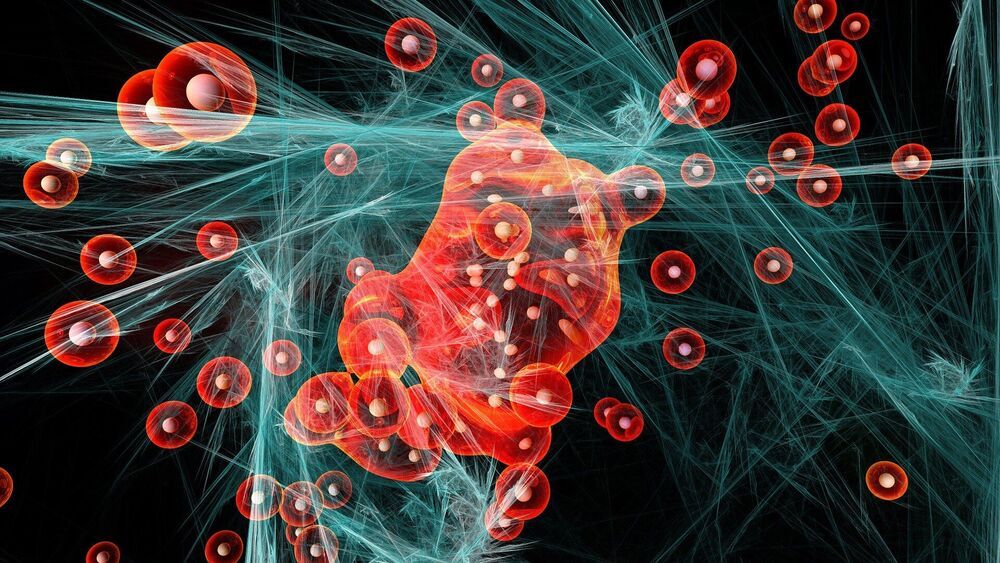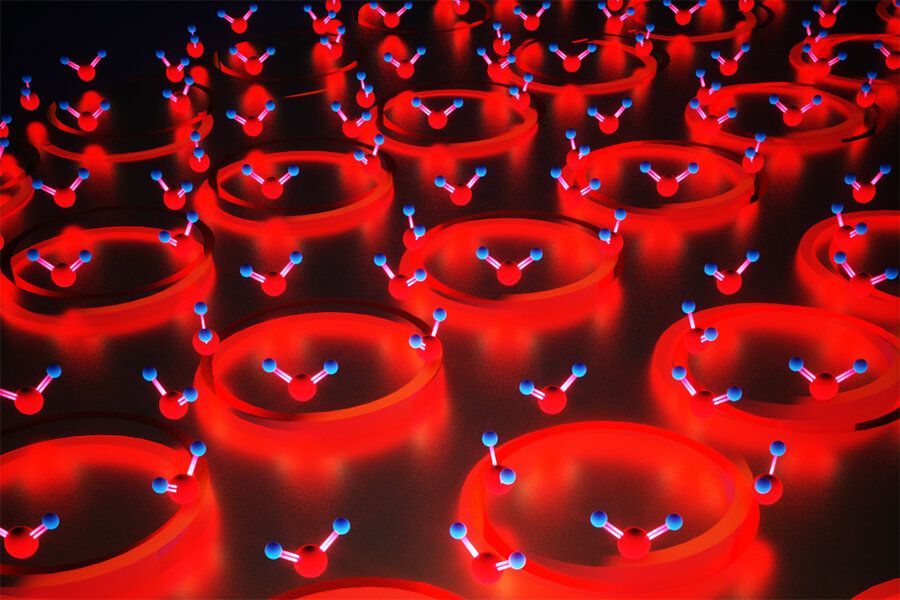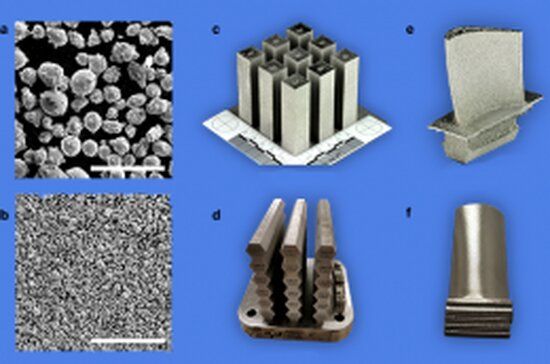Dr. Carolina Reis Oliveria, is the CEO and Co-Founder of OneSkin Technologies, a biotechnology platform dedicated to exploring longevity science.
Carolina holds her Ph.D. in Immunology at the Federal University of Minas Gerais, in collaboration with the Rutgers University, where she conducted research with pluripotent stem cells as a source of retinal pigmented epithelium (RPE) cells, as well as the potential of RPE-stem cells derived as toxicological models for screening of new drugs with intra-ocular applications.
She founded a company called CELLSEQ solutions in Brazil which develops tools to revolutionize the safety and toxicology assays performed by pharmaceutical, cosmetic, agro-chemical and food industries, with technology based on stem cells and big data analysis.
She is an alumnus of IndieBio, the world’s leading biotechnology accelerator.
In 2016, Carolina relocated to Silicon Valley from Latin America to co-found OneSkin, and to lead the development of the company’s technologies.
